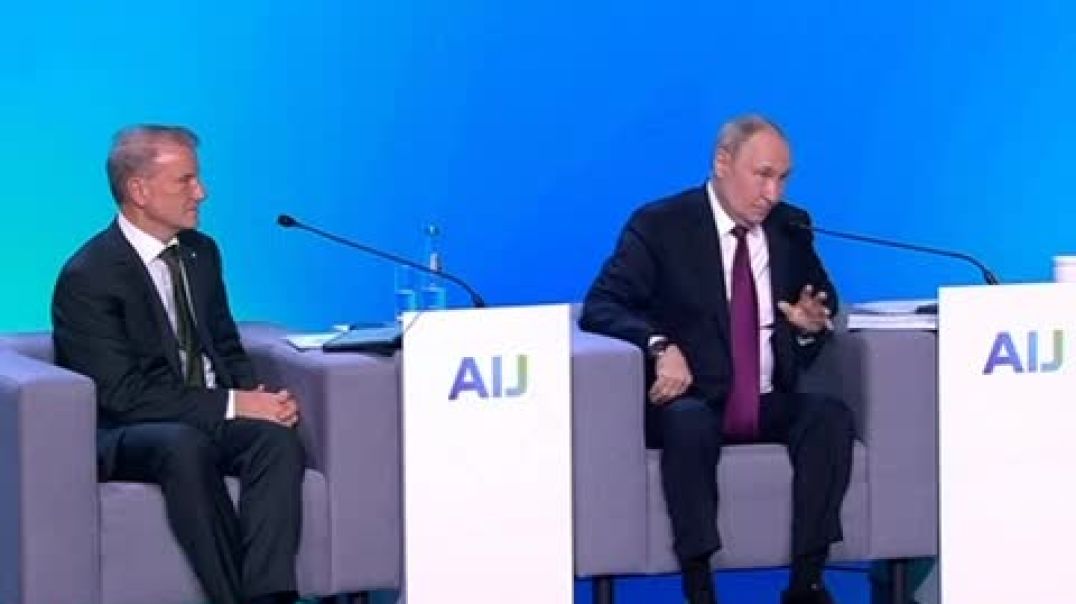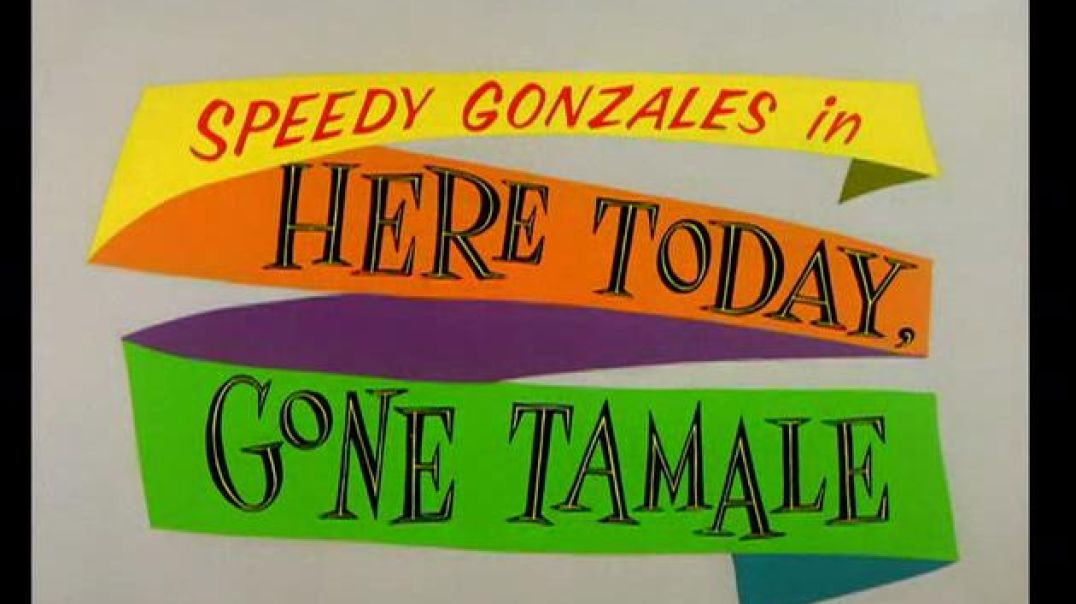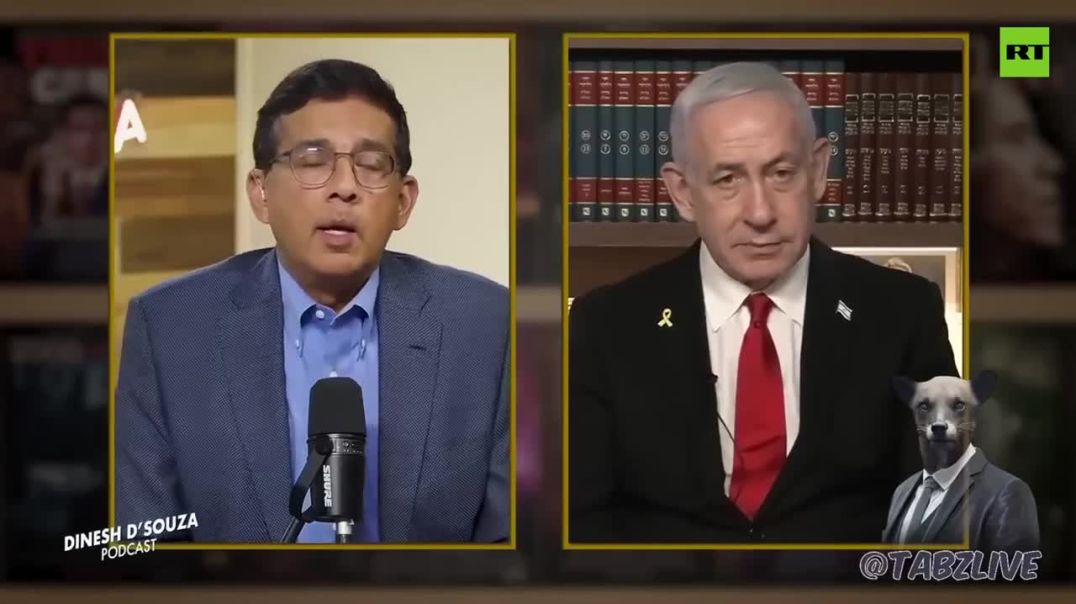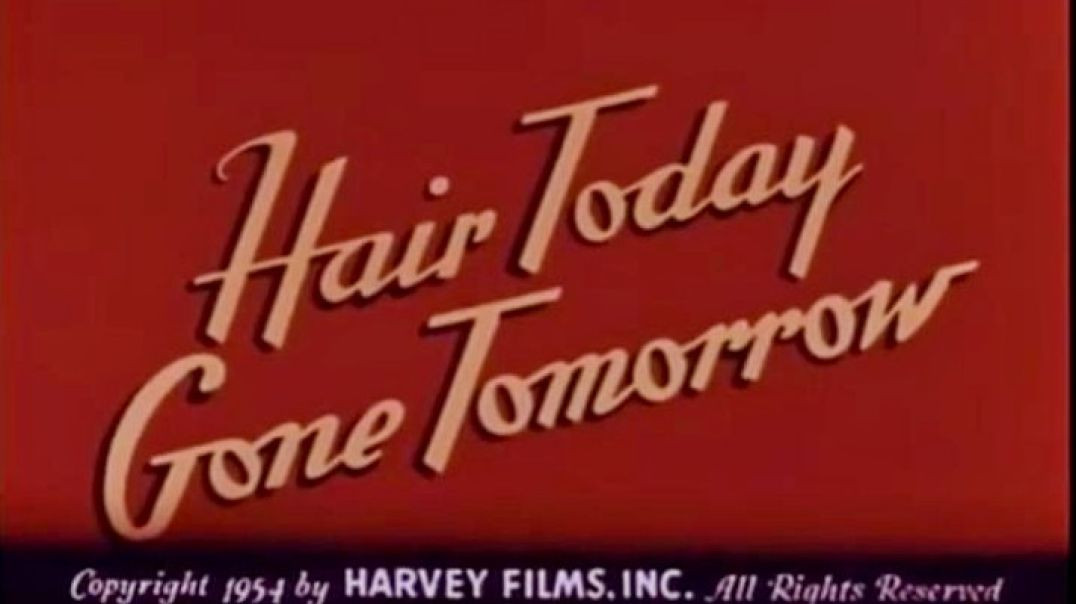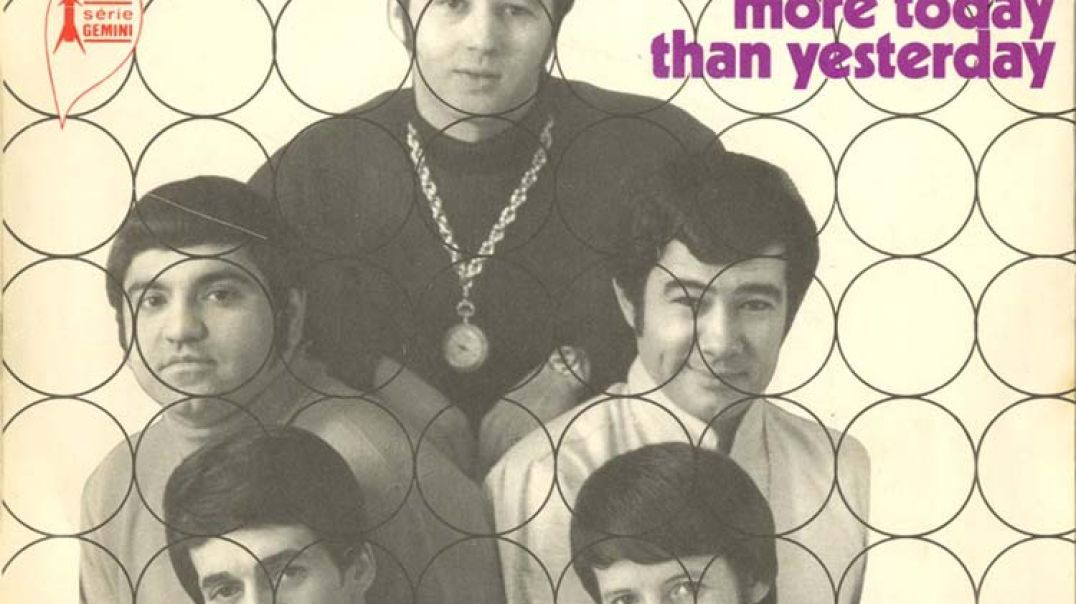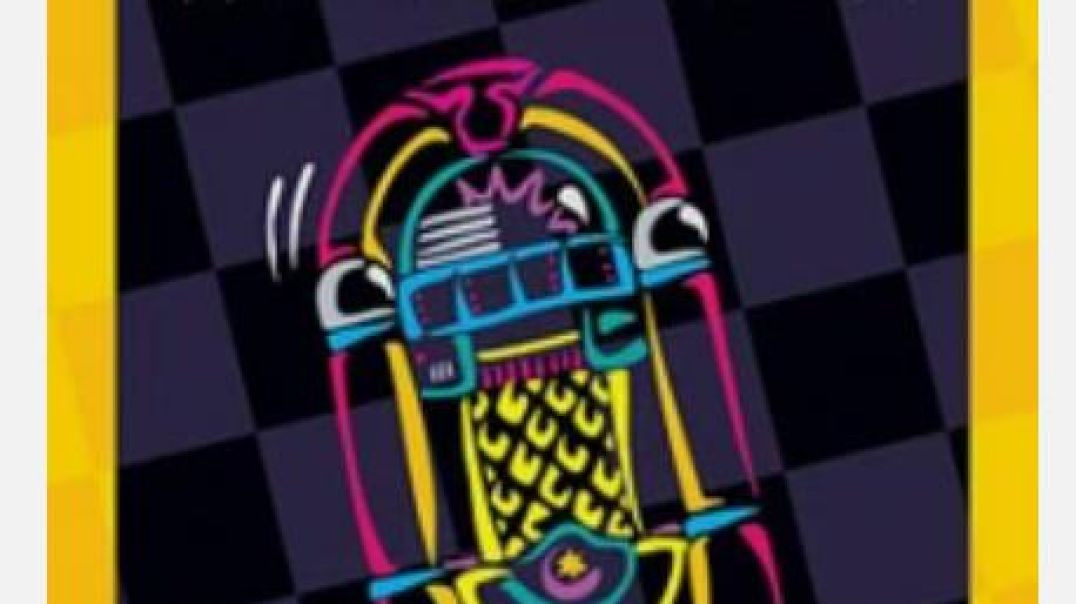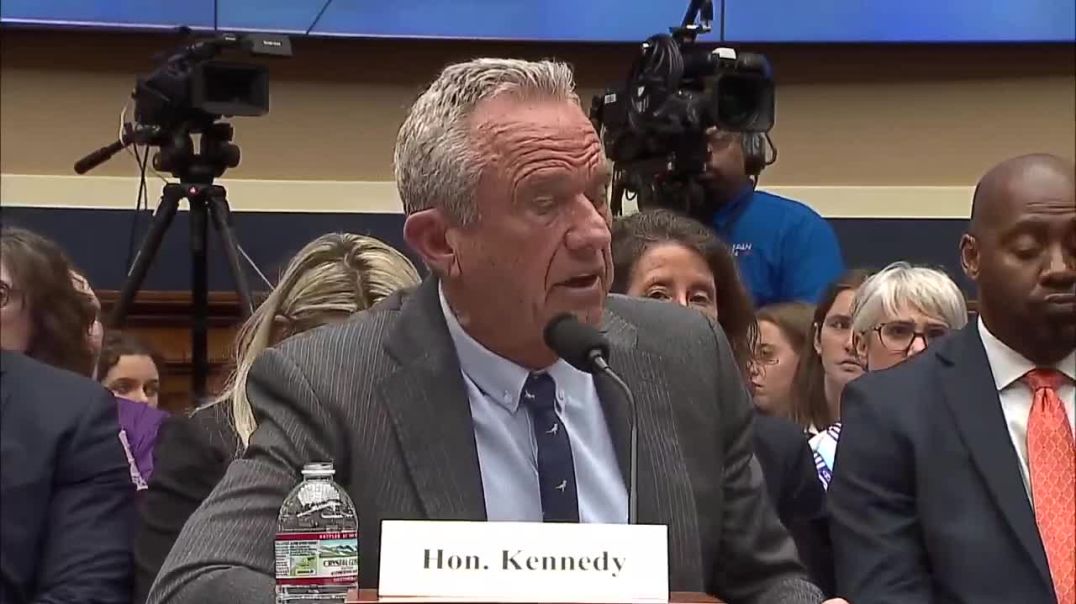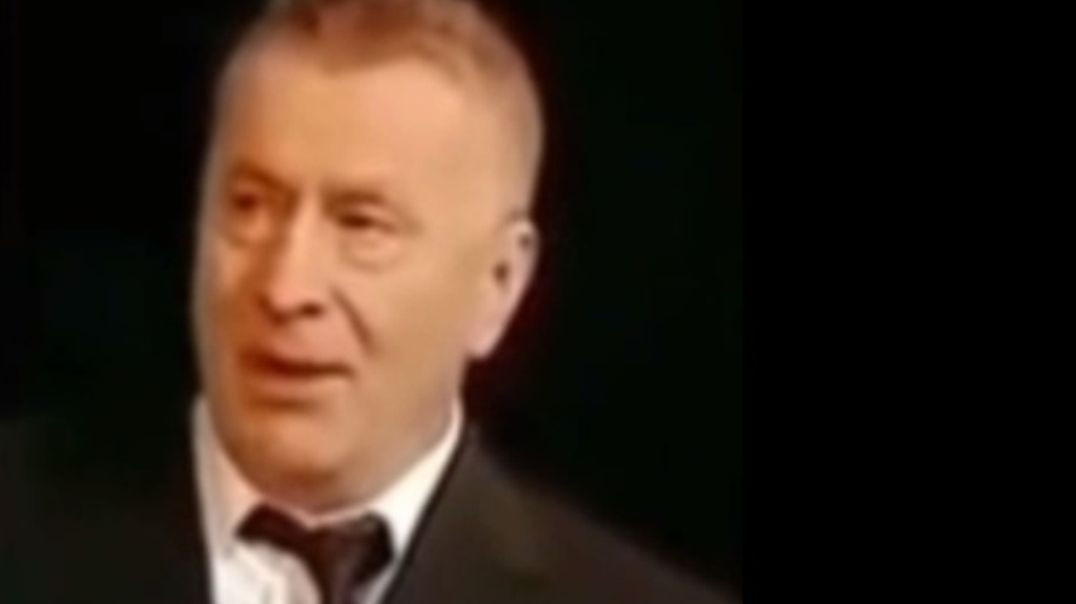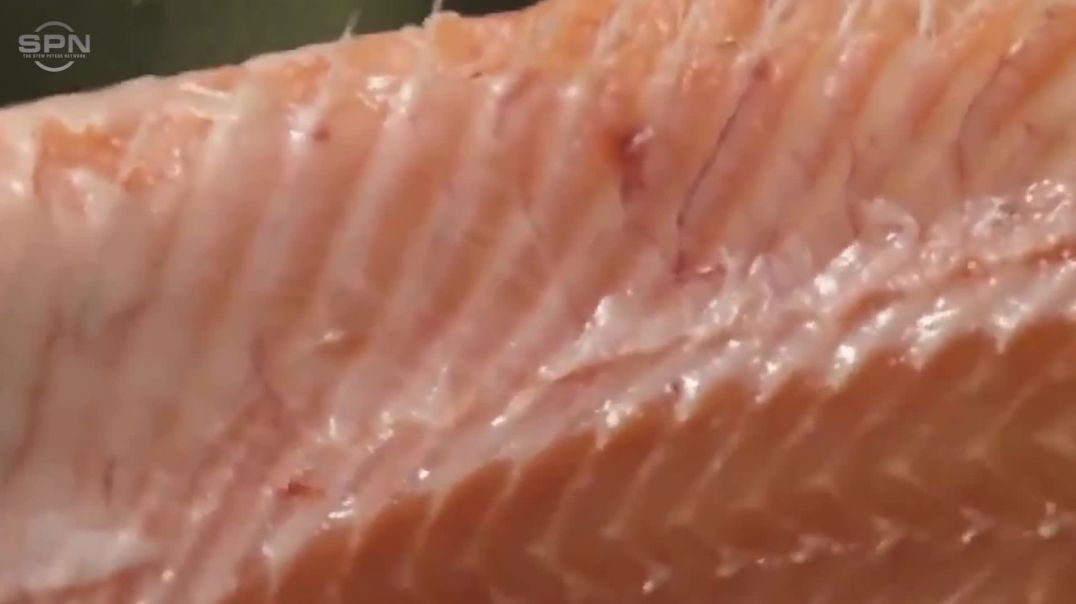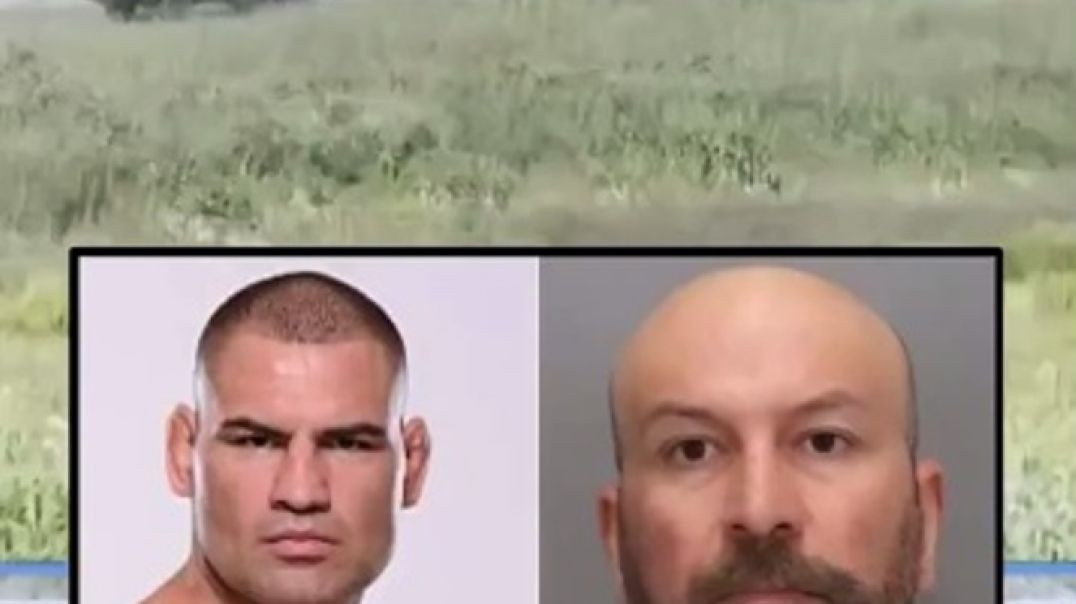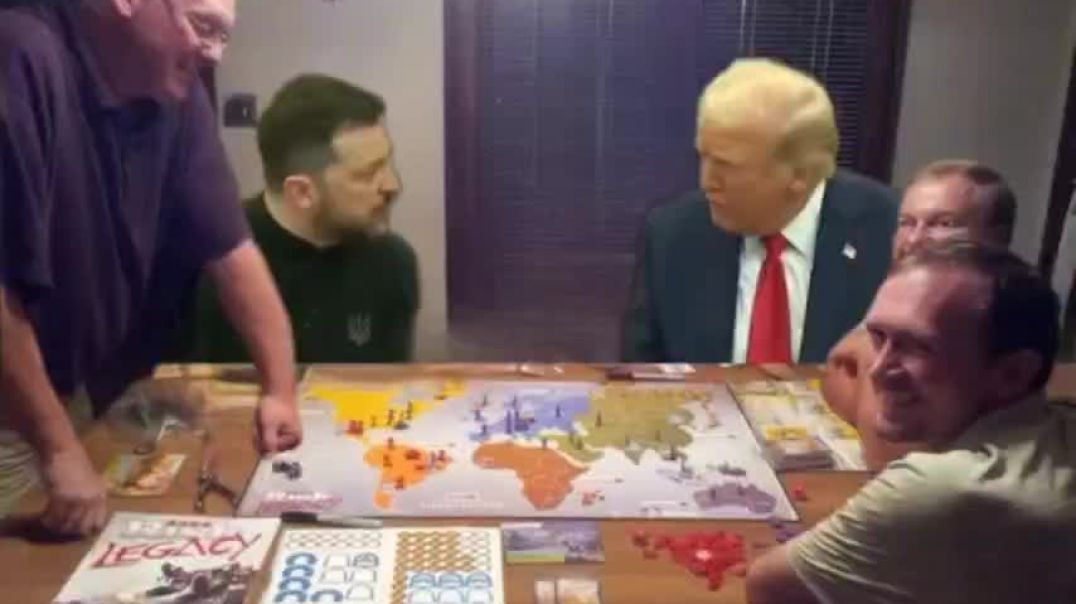Please donate now to help fund our work
- Film & Animation
- Music
- Pets & Animals
- Sports
- Travel & Events
- Gaming
- People & Blogs
- Comedy
- Entertainment
- News & Politics
- How-to & Style
- Non-profits & Activism
- McIntyre Report
- Jamie McIntyre uncensored
- RAW Report
- Candace Owens
- Steve Kirsch
- Tucker
- Bongino
- Elon musks
- Alan Jones Australia
- RT News
- Wayne Crouch Show
- Other
Leo Frank Trial - 100 Years ago Today - The trial of Leo Frank Begins - Bradford L. Huie
Despite the fact that Leo Frank's arrest and trial and Mary Phagan's murder occurred 100 years ago and ultimately inspired the creation of the Jewish Anti-Defamation League, the ADL has barely made any mention of these events. According to Scott Aaron's summary of the crime in his book The Murder of Mary Phagan and the Lynching of Leo Frank, Mary Phagan said her final goodbyes to her mother on Saturday morning at 11:30 on April 26, 1913, while eating a poor girl's lunch of bread and boiled cabbage. She then made a stop at the National Pencil Company to see Superintendent Leo M. Frank and pick up her $1.20 pay for the day she had worked there. The fact that one young life had already ended for her by 01:00 was almost completely unknown at the time. A rough cord that had been pulled so tightly to entrap itself deeply in her girlish neck and cause her tongue to stick out more than an inch from her mouth was used to abuse, beat, and strangle her. She was found dead, dumped in the basement of the Pencil Company, her once-bright eyes still open. In 1913, Georgia, it was customary for all prosecution and defense witnesses to take oaths before testifying in court.
Everyone was shocked when the Leo Frank defense team, consisting of Luther Rosser and Ruben Arnold, requested that their witnesses be sworn in later. After Presiding Judge Leonard Rohn ruled against them, the defense was prepared to call its list in five minutes. Mary Phagan's mother, Mrs. Fanny Coleman, was the first witness regarding Leo Frank's personality. She spoke about her final moments with her daughter on the morning of the previous April 26.
The second witness was 15-year-old George Epps, who claimed to have traveled with young Mary on the trolley starting at 11:50 a.m. Until twelve, at 7:00 p.m. After disembarking, she went to the National Pencil Company to pick up her pay from Superintendent Leo Frank. The third prosecution witness, Newt Lee, was the night watchman for the pencil company and the person who in the early morning hours discovered Mary Phagan's battered body in the factory basement. On the day of the murder, Frank, a friend of Mary Phagan's and a former employee at the plant, arrived and asked to pick up some shoes he had left behind. Frank took twice as long to enter Lee's slip into the time clock than he should have because he was so anxious. Frank called Lee to check in with him after he left for home and to see how things were going.
Lee testified in court that Frank informed authorities about Lee's correctly punched time card for the previous night the day after the slaying while they were both present. The text is a transcript of the Atlanta Constitution's coverage of the first day of the trial on July 20, 1913. At around 7:00 or 8:00, Leo Frank was seen entering the office and gazing at the ground. He declared the punches to be satisfactory as he unlocked the timer. This was done in an effort to cast doubt on Newt Lee, who later admitted to police that Lee had missed several punches. When a bloody shirt was planted on Lee's property, the pattern of the stains revealed it had not been worn when stained, but had instead been crumpled up and wiped in blood, allowing Lee to identify the fake as such. Lee was not shaken by Rosser's cross-examination of him that day in any aspect of this story.
The 100th anniversary of Mary Phagan's murder and the arrest and trial of Leo Frank have received little attention from the Jewish AntiDefamation League, despite the fact that these incidents ultimately inspired the creation of the ADL. Since 2015 marks the 100th anniversary of Leo Frank's lynching, the League is probably saving its PR blitz for that occasion rather than the passing of Mary Phagan. The ADL might not benefit from urging people to read about Frank's trial, though, as it might cast doubt on the widely accepted narrative that Frank was an innocent man being persecuted by anti-Semitic Southerners looking for a Jewish scapegoat. A good place to start is with Scott Aaron's summary of the incident from his book The Murder of Mary Phagan and the Lynching of Leo Frank. Mary Phagan left her Bellwood home at 11:30 on Saturday, April 26, 1913, and boarded a streetcar headed for downtown Atlanta. Before the festivities began, she visited Superintendent Leo M. Frank at the National Pencil Company to pick up her $1.20 pay for the single day she had worked there. One of her young lives had already ended by 1:00.
A rough cord that was pulled so tightly to suffocate, beat, and strangle her caused her tongue to stick out more than an inch from her mouth and become deeply embedded in her delicate neck. With her once-bright eyes now blind, Mary Phagan lay dead and abandoned in the basement of the Pencil Company. Before giving any testimony, both the prosecution and defense witnesses in Georgia in 1913 were required to take an oath.
Hugh Dorsey's witnesses were duly sworn on July 28, 1913, when Hugh Dorsey called them. However, the Leo Frank defense team, consisting of Luther Rosser and Ruben Arnold, shocked everyone by asking to have their witnesses sworn at a later time. For a while, the defense had wanted to keep their plan of using Frank's character as evidence against him and disclosing the identities of their witnesses a secret. The first witness regarding Leo Frank's personality was Mary Phagan's mother, Mrs. Fanny Coleman, who spoke about her final moments with her daughter on the morning of the previous April 26. The second witness was George Epps, a 15-year-old who claimed to have traveled on the trolley with young Mary starting at 11:50 a.m. to 12:07 p.m.
When she got off the ship, she went to the National Pencil Company to pick up her pay and superintendent Leo Frank. On the day of the murder, Frank gave Lee the order to leave immediately and return at six, according to Newt, the third prosecution witness. When Mary Phagan's friend J., a former employee of the plant and Lee's former coworker, arrived, Frank was still acting strangely. When Lee left, Frank became very agitated. A visitor named M. Gantt asked to get some shoes when he arrived. Because of his anxiety, Frank took twice as long as he should have to put Lee's slip into the time clock.
Mary Phagan's mother, Mrs. Coleman, was the first witness to testify during Leo M. Frank's trial after he was accused of killing the young girl on April 26 in the National Pencil Factory building. Luther Z was sternly cross-examining Newt Lee, the night watchman who found Mary Phagan's body in the National Pencil Factory basement. Newt Lee was still on the stand. Rosser, Frank's legal representative. Lee Retains Original Account When the trial resumes this morning, Lee will once more take the witness stand. His testimony is not anticipated to yield any new information. The Frank trial's opening day's proceedings lacked any dramatic moments or unexpected testimony.
There were pathetic moments here and there, like when Mrs. W. Coleman, the mother of the dead child, sobbed bitterly as she saw her young daughter's clothes. The courtroom was amused by Newt Lee's quaint allusions and negro descriptions of a tiny light in the basement of the pencil factory, and there were other humorous moments, like when the young Epps boy explained to Luther Rosser how he determines the time of day by the position of the sun. The crowd stayed on the sidewalks, intently staring through the courtroom window and eagerly interrogating anyone who left the building while also spitting tobacco juice onto the street. The accused Leo M. Frank and his wife Mrs. Leo M. Frank's appearance is one of the most crucial details in this text. Leo M. Frank had impeccable grooming and was wearing a gray suit with a noticeable pattern. He was grinning at several friends every quarter.
Mrs. Leo M. Frank, a young woman with a lovely appearance, was fixated on attorney Dorsey at all times. Mrs. J. W. Mary Phagan's mother, Coleman, was the first State witness to speak. Both attempts to demonstrate Mary Phagan's attitude toward Leo M. Frank and the defense's attempt to demonstrate the dead girl's attitude toward little George Epps, the 14-year-old newsboy who testified that they rode downtown together, were thwarted by the opposing counsel, and the testimony was instead launched in the traditional manner with the introduction of Mrs. J. W. Coleman, Mary Phagan's mom. Reuben R. Arnold and Luther Z. Ross Trial judge L disregarded Rosser for Frank's attempts to keep the names of their witnesses a secret.
In retaliation, the defense pleaded with the court to uphold their duces tecum, which they had previously served on the solicitor and which demanded that he bring into court all declarations and affidavits made by James Conley, the black sweeper who had made an affidavit implicating himself and claiming to have helped Frank dispose of the girl's body. If these affidavits and statements are deemed to be relevant, Solicitor Dorsey has agreed to provide them at the appropriate time. The trial began on time at nine o'clock, with veniremen, spectators, witnesses, attorneys, and friends of the principal all crowded into the courtroom. In contrast to the persistent rumor that the defense would ask for a postponement and to their frequent objections to the trial, the defense demonstrated that they were prepared and willing to proceed with the trial.
After returning home, Frank called Lee to see if everything was "Alright.". Lee testified in court that Frank informed authorities about Lee's properly punched time card the day following the murder while they were both present. The text is a transcript of a portion of the Atlanta Constitution's coverage of the trial's opening day on July 20, 1913. At around 7:00 or 8:00 in the morning, Leo Frank was seen entering the office and gazing at the ground. He declared that the punches were fine as he opened the clock. As part of an effort to implicate Newt Lee, this testimony was concerning from Frank's perspective. The same period saw the planting of a bloody shirt on Lee's property, which was quickly identified as a fake when the staining pattern revealed that the shirt had been crumpled and wiped in blood rather than being worn when it was stained. Lee was unmoved by Rosser's cross-examination of him that day in regards to any aspect of this narrative.

